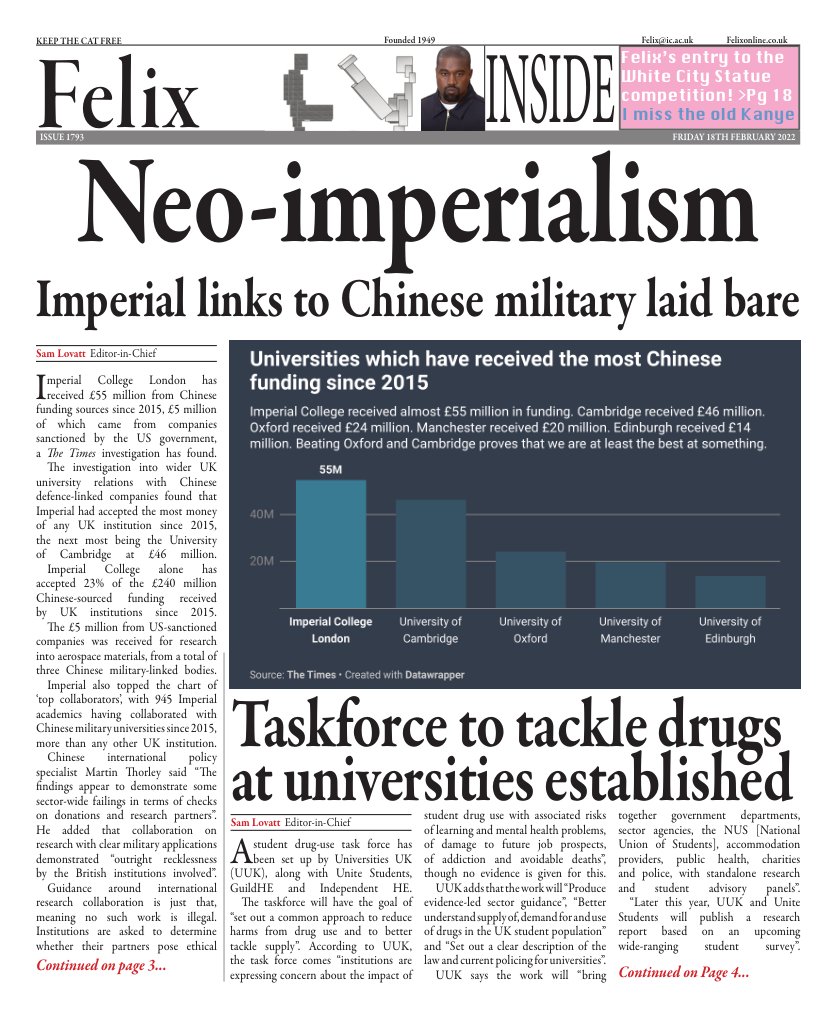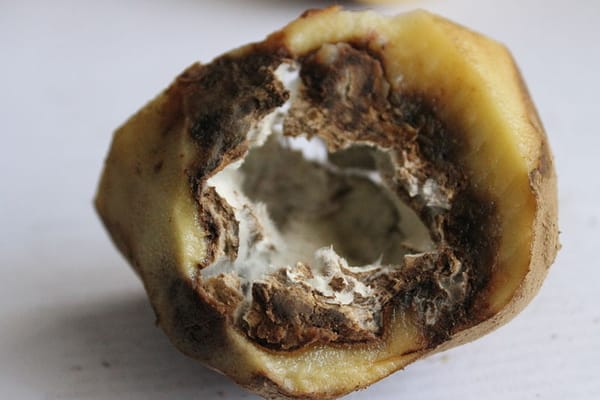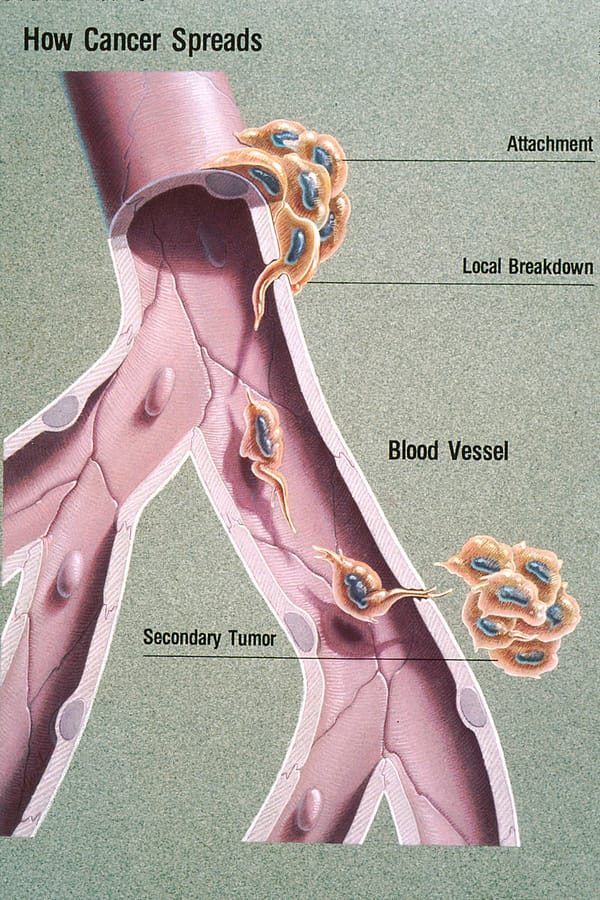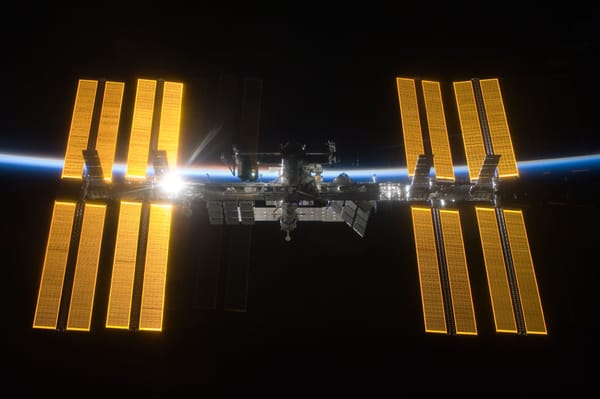Could AI help rescue coastal dead zones
Excess fertiliser is choking our waterways but help could be on its way through low-cost new developments.
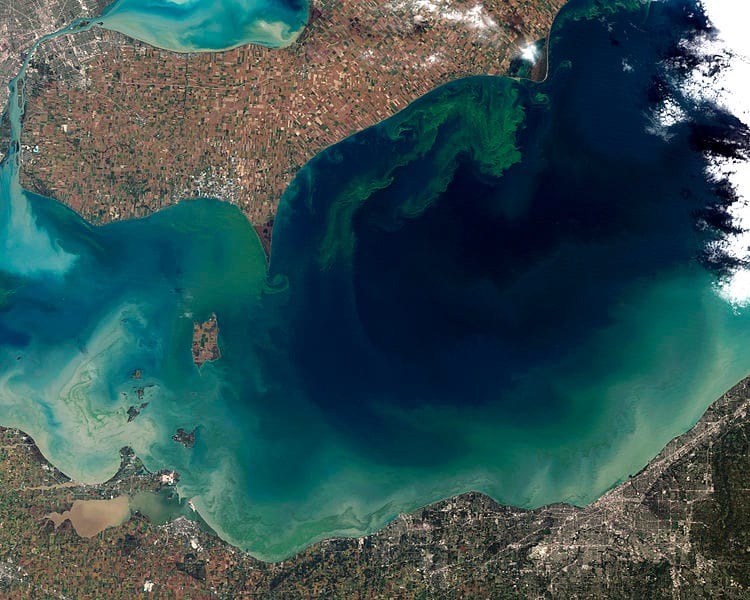
Half of the global population is supported by nitrogen fertiliser. Their development and use in the Green Revolution hugely increased crop yields, but now, across the globe, only 35% of those applied are used by harvested crops. The excess fertiliser amounts to 75 million tonnes annually and has devastating consequences on the environment. Nitrogen sensors could allow growers to fine-tune the application of nitrogen fertilisers to be applied at the optimum time and quantity.
Overfertilisation has rendered 12% of once-arable land unusable. Fertiliser runs off into waterways, where nitrogen, which is essential for plant growth and often in limited quantities, allows plants such as algae to grow exponentially. Bacteria can then feed on this algae and consume the water’s oxygen, creating the dramatically named “dead zones”, of which there are now over 500 identified in coastal areas. Furthermore, as the oxygen runs out, bacteria turn to nitrogen compounds instead, and consume their friends to release nitrous oxide - a greenhouse gas 300 times more potent than carbon dioxide.
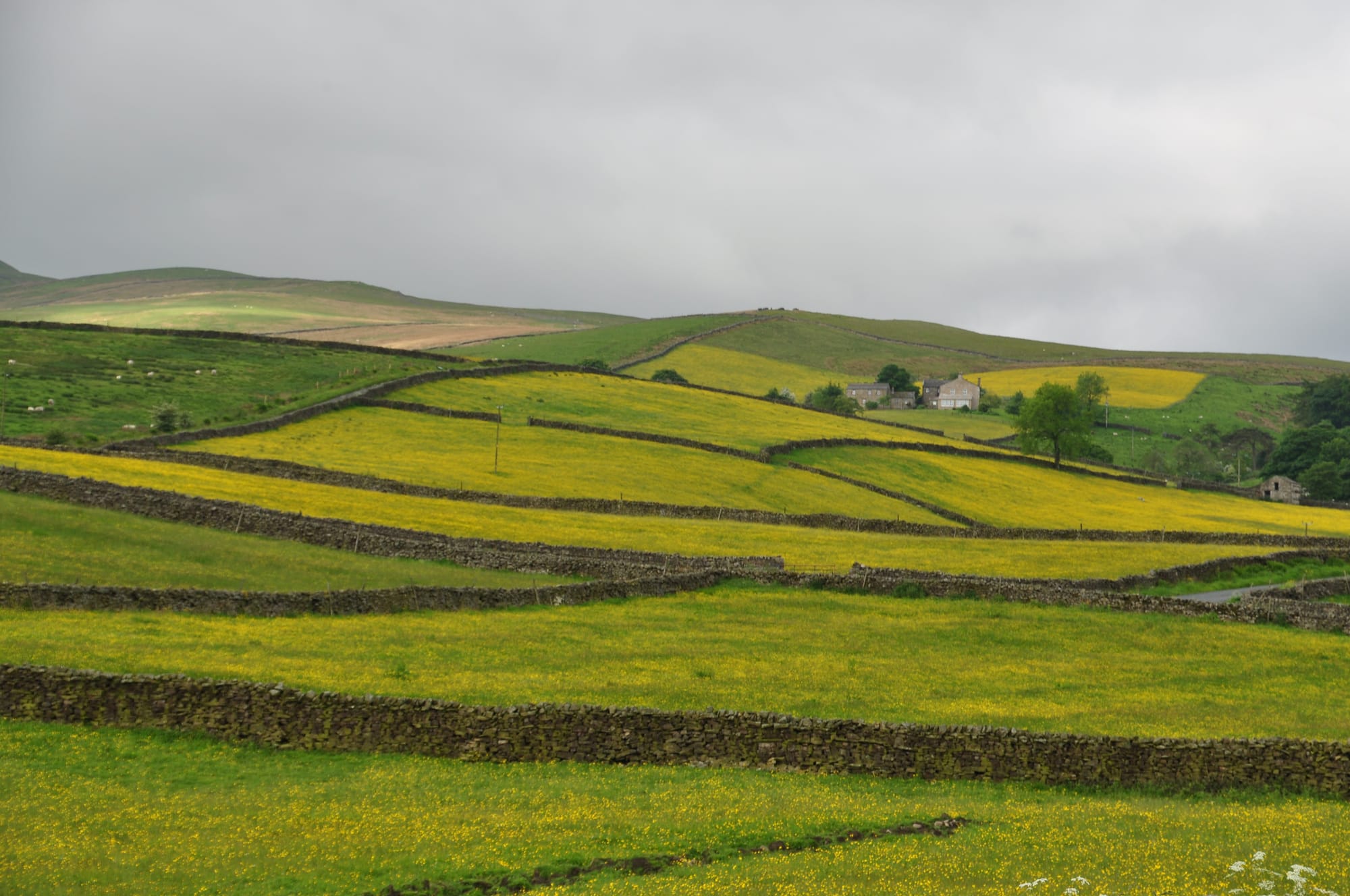
Growers are caught in a dilemma: too much fertiliser and the environment and their wallets suffer; too little and their crop yields may diminish. New sensors developed by researchers at Imperial College London monitor the soil for ammonium, pH, and conductivity. They combine this data with weather data and application time using machine learning to predict soil nitrogen levels over the following 12 days. The ammonium data can accurately predict nitrogen uptake by plants (microbes convert ammonia into nitrates, which plants can absorb). According to lead researcher Dr Max Grell, this technology should empower growers by allowing them to fine-tune fertilisation to the specific needs of the soil.
Techniques are advancing beyond soil nutrient measurement and even beyond this world, quite literally. A research team at the University of Illinois recently published their findings from a novel experiment. They flew a plane, equipped with powerful hyperspectral sensors, over a corn crop three times. The sensors were designed to pick up certain infrared and far-red light radiation, the type emitted by leaves under nutrient stress. Their sensors were consequently able to estimate the nitrogen content of the plants themselves, with an impressive 85% accuracy. This is a leap forward from the lower-resolution satellite techniques. However, satellites still have a role as they could be equipped with hyperspectral sensors, which would allow growers to determine the nutrient status of huge areas of crops at the start of the growing season.

